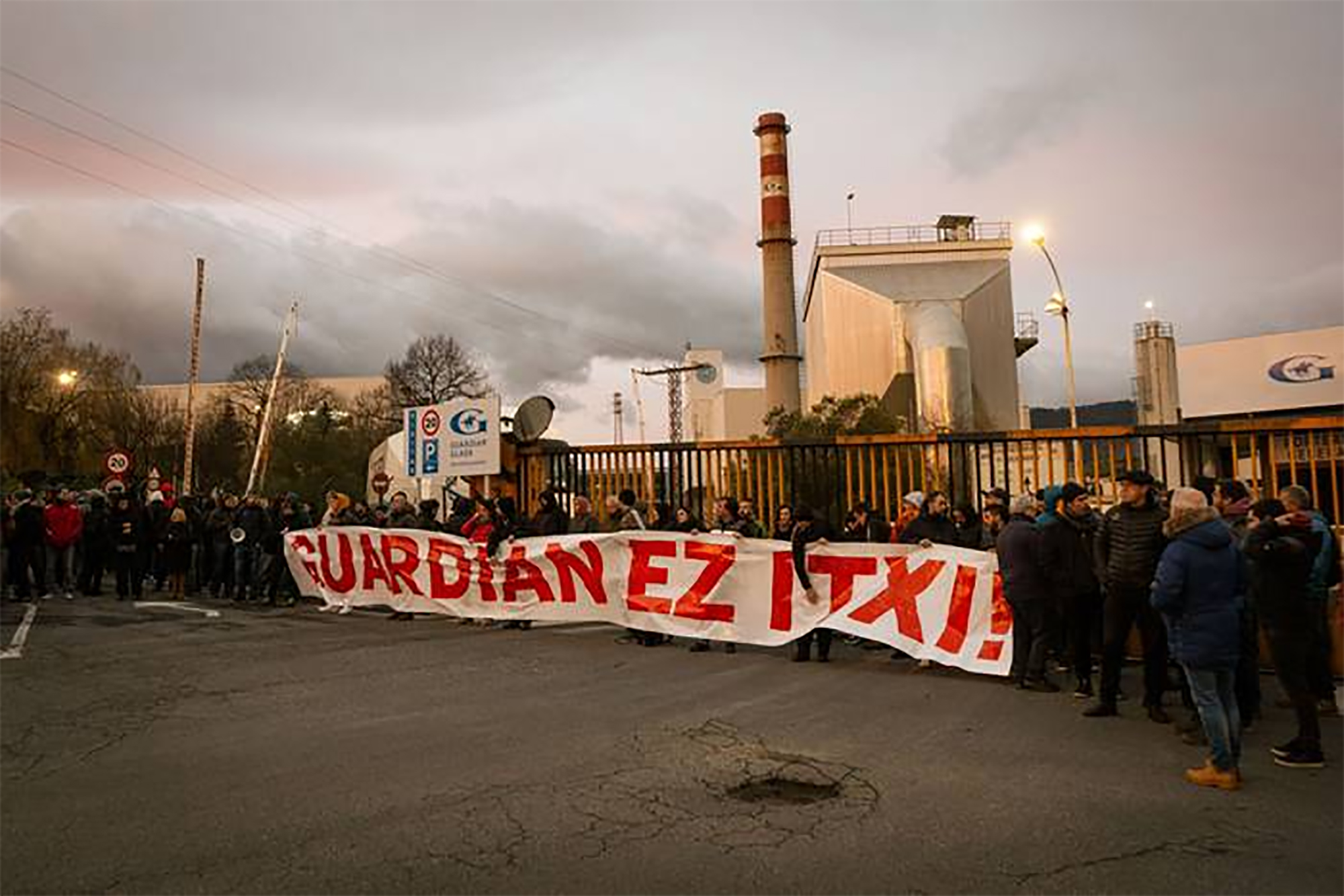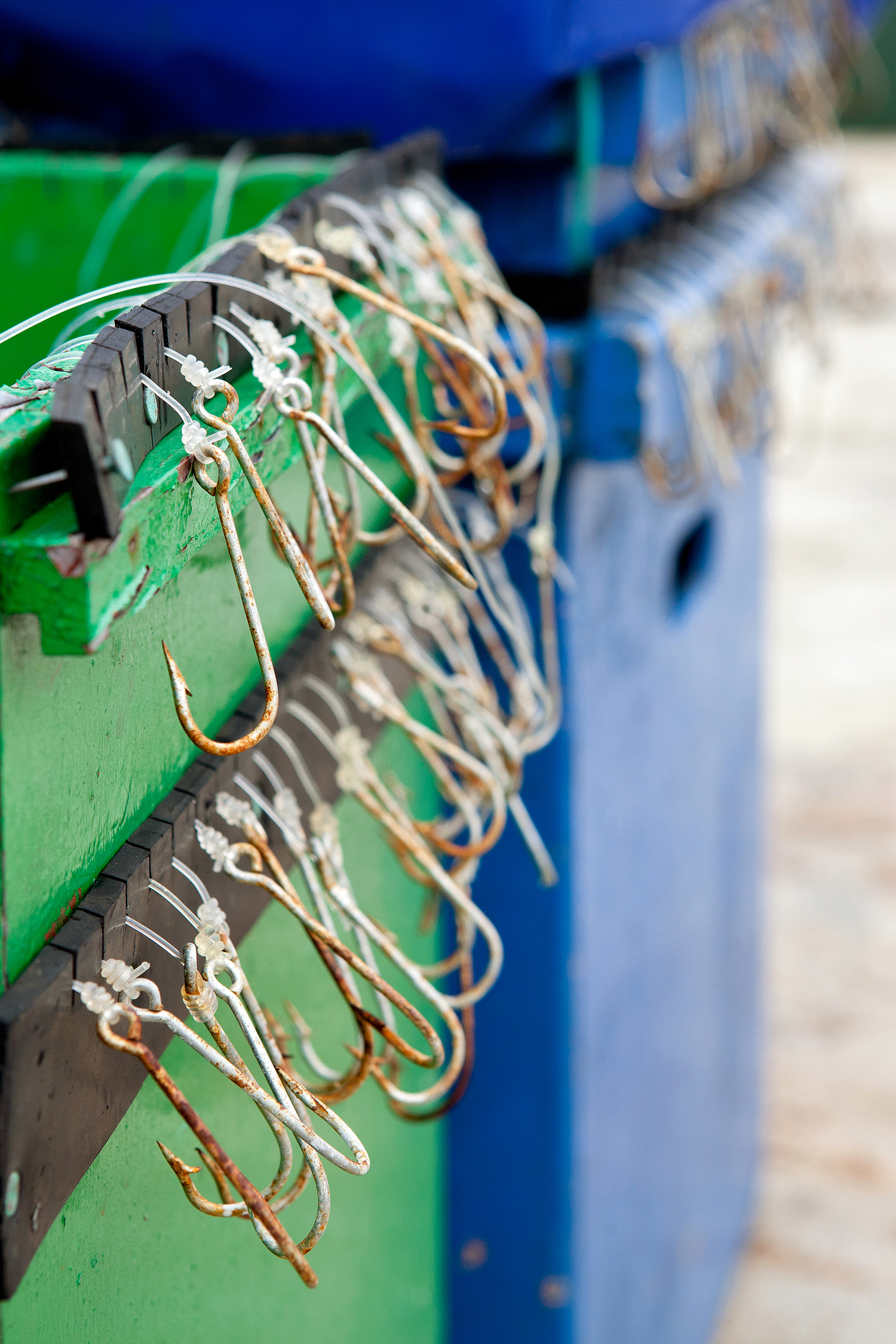Extermination of cheap clothing from Bangladesh
- In 2001, then European Trade Commissioner Pascal Lamy said: “The European Union will help Bangladesh to better integrate into world trade by opening up new trade opportunities.” Since then, hundreds of millions of people die each time one of the smells that work in slavery is burned or sunk.
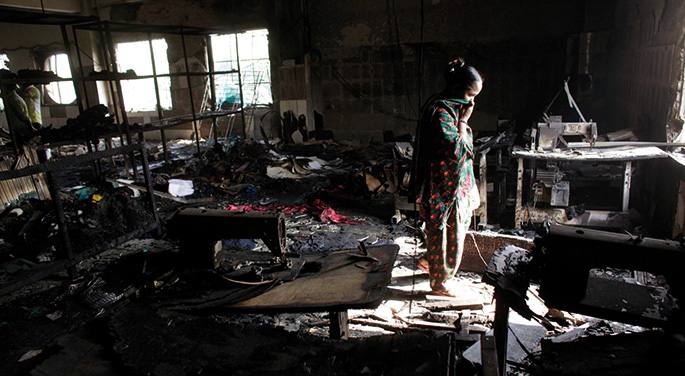
The same unforgettable Bangladesh that Joan Baez sang in 1972, the one that Lupe disseminated in Basque with the words of Begoña Bilbao, 40 years later, is as tragic as then. The cause was then the terrible battle suffered by the proclamation of Pakistan ' s independence. A global economic battle that today destroys and leaves more people in misery than wars around the world.
On 24 April, the eight-storey Rana Plaza building sank in the city of Dhaka, the capital of Bangladesh (17 million inhabitants). 1,127 workers, mostly women, were crushed to death by the betons, more than 2,500 injured. Weeks earlier, journalist Olivier Cyran had visited these places, investigating for Le Monde Diplomatique a catastrophe similar to that which took place five months earlier, on 24 November 2012. Cyran’s report “Au Bangladesh, les meurtriers du prêt-à-porter” (in Bangladesh, fashion garment killers) explains why these things will happen again.
On 24 November, the Fashions factory at Dhakan Tazreen was not sunk. On its nine floors, 3,000 young women worked, mostly poor peasants, earning 30 euros a month, working 10 hours a week. They put costumes for Disney, Walmart and Teddy Smith, each moving their little sewing machine, as if it were a silent competition of three thousand housewives, banning them from speaking.
The easier to seize goods were clustered at the bottom of the staircase, near the staircase, with the doors closed to avoid theft. It is said to be customary in the giant pots of Bangladesh. The fire burned, the flames spread, the smoke extinguishes... At least 117 women were crushed to death by windows that had not burned.
Delwar Hossain, owner of Fashion, in Tazre, has not been arrested, courts have not called him to nada.Cuenta with the support of
Bangladesh Garment Manufacturers and Exporters Association (BGMEA) and BGMEA leadership in Bangladesh. It is based on the shore of Lake Hatirjheel, without envy of any building in the City of London... if not because it is illegal: the Supreme Court of Dhaka is condemned to topple the pompous headquarters of the BGMEA for having been lifted by public property. Everyone knows that it will never be fulfilled.
But the slave management who manufactures clothing for famous brands in the West has not always been there. Journalist Anu Mohammed, who teaches economics at Jahangirnagar University, has explained that until the 1980s agriculture was the base of the country.
Then came the World Monetary Fund and the World Bank, which brought into their hands the plans for austerity and privatization of public spending. “This led to an increase in unemployment, massive imports and the destruction of local industry. Now the bureaucrats of the big political parties, the army officers, the police chiefs and the young people of the rich families, are all stuck in this patotxa.”
Don't mock the poor
You have to have money in Bangladesh and not arrange a clothing atelier. Labor, almost free. The trade union hardly exists since the privatization of most parts of the State. Import of machinery does not have customs duties. To that must be added corruption, the possibility of buying from any military, political or judge and the cocktail ready.
The strategy has been driven by the top leaders of Europe and America. Between 2002 and 2012, what Bangladesh sells in clothing has risen from $4.8 billion to $20 billion. How much money have they left behind in the hyperres of the United States or Europe?
Export has enriched the insolent Bangladeshi elite, which runs 4x4 through streets full of hungry beggars. "You don't laugh at people who have been sick of poverty, don't mock," Olivier Cyran read in the offices. Of the 300 Members of Parliament, 29 are the owners of the clothing workshops... that officially. In reality, much more.
The journalist has interviewed workers' leaders in a clandestine manner through interviews. The unions are de facto prohibited, if you introduce yourself as a militant you put it in the green paper of your employers and you will no longer have a job. The life of those who sew our scissors or panties is worth nothing more than clothing itself. One of the wounded at Tazreen Fashion has received 25 kilos of rice, 25 kilos of garlic and one liter of oil as compensation.
Officially, the worker's life is a little more expensive: The employer BGMEA has last established that the wounded costs 1,000 euros and the month 6,000... if you show the body. The Tazreen fire officially failed seven. But the militant anthropologist, Saydia Gulrukh, has denounced that there were many more deaths without counting, at least 68.
Cyran has also received the opinion of the mediators working among the major brands in Europe, the United States and its employers in the area. The Frenchman Georges Paquet, about to retire, told him the details without embarrassment while practicing golf. “Here it is made of everything, including diapers for the elderly. The problem is that my customers are increasingly burdening prices. What do you want, that people work for free? European brands sell the product in seven or ten times more than we sold. They're insatiable. There's tremendous hypocrisy. Imagine that on the same day that the leaders of the brand H&M [one of those who sold clothes made in the rough work] met with the president of the employers to ask the workers here to improve conditions, others of H&M were negotiating with all suppliers a 15% reduction in all products. ‘Fix, we don’t care,’ that’s your philosophy.”
A young woman who was seriously injured in the Tazreen fire tells the journalist: “There will be more, even worse.” Five months later, in the Plaza de la Rana, 1,127 months.
Anthropologist Saydia Gulrukh says: “Tazreene’s thing has not changed the lives of textile workers in any way, because the elites care about a slut. There will be more horrors. The employer BGMEA will carry out cosmetic gestures to ensure the image of foreign customers, so that they can reassure buyers. But nothing will change until the system is derailed, dissolved and built on new philosophical bases.”
The year 2025 will lead to a general policy of establishing shorter working weeks, bringing low costs for new hires for companies and an effective direction of change in labour relations.
With the aim of complying with the Spanish government agreement, the reform to shorten the... [+]
I received your e-mail in personal mail on the strike portals. At first, like many others, I thought it was to let you know what options we have in the face of the strike. But no, the e-mail received was a political and communicative movement against the strike.
I will confess... [+]
Arrantza handi eta industriala defizitarioagoa da sozialki, ekonomikoki eta ekologikoki arrantza txikiaren alboan; arrantza txikiak baino dirulaguntza publiko dezente gehiago jasotzen ditu; eta are, soilik laguntza horiei esker bizirauten du. Horixe erakutsi du Frantziako... [+]
In recent years, the concept of industrial policy has reappeared strongly at various levels. The organization that was the hammer of neoliberalism, the International Monetary Fund, today insists that markets have been pressured to allocate resources efficiently and solve these... [+]











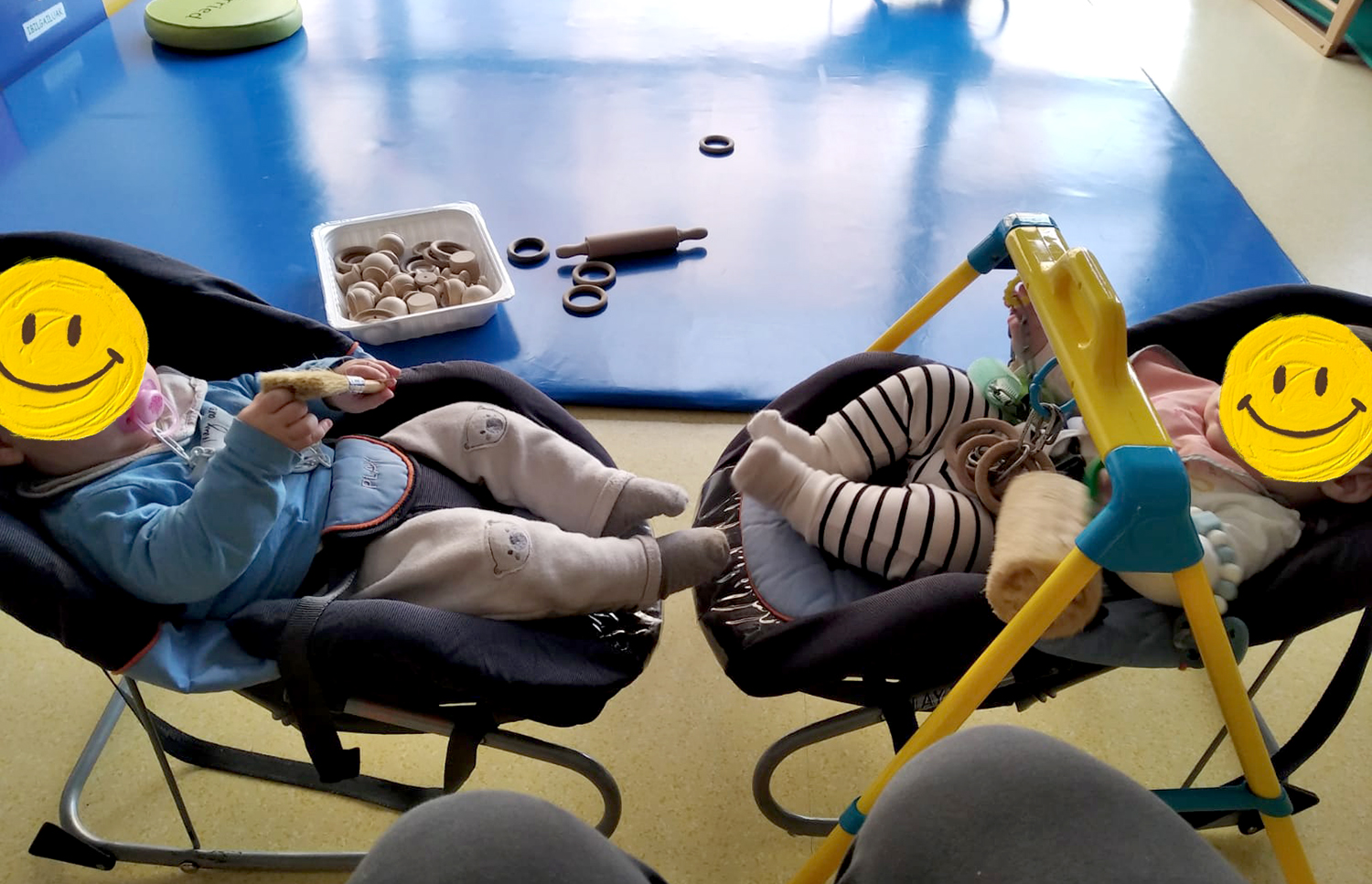



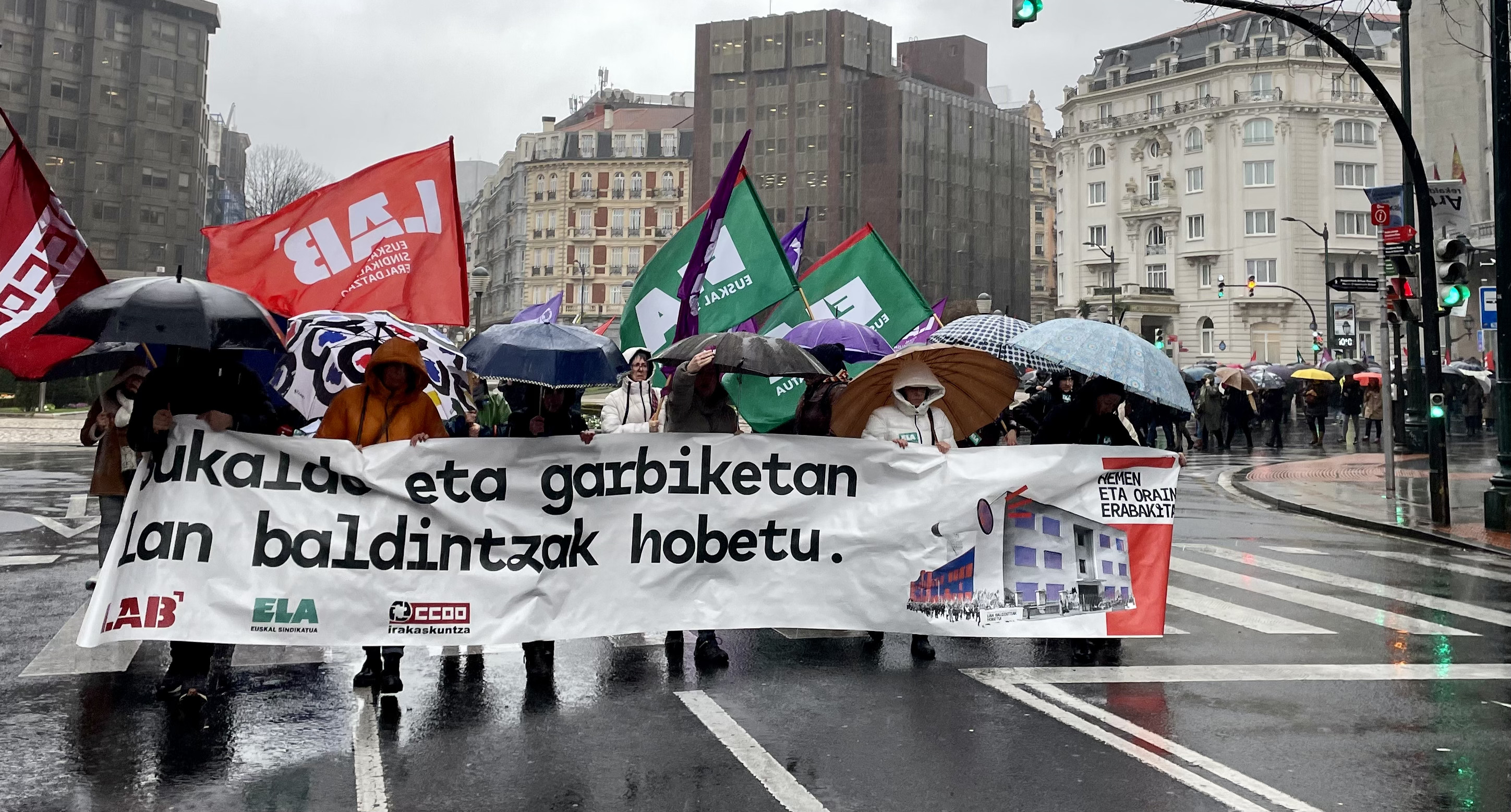
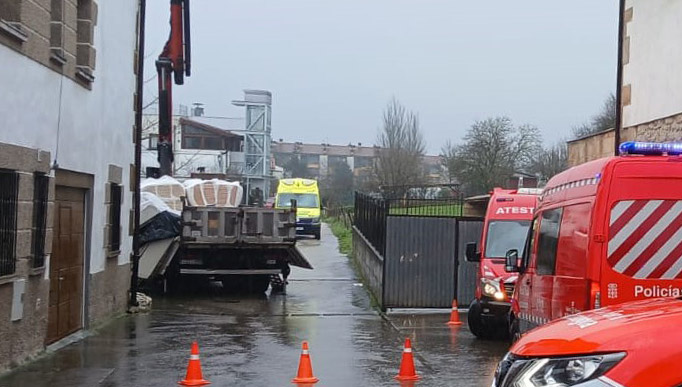
.jpg)

